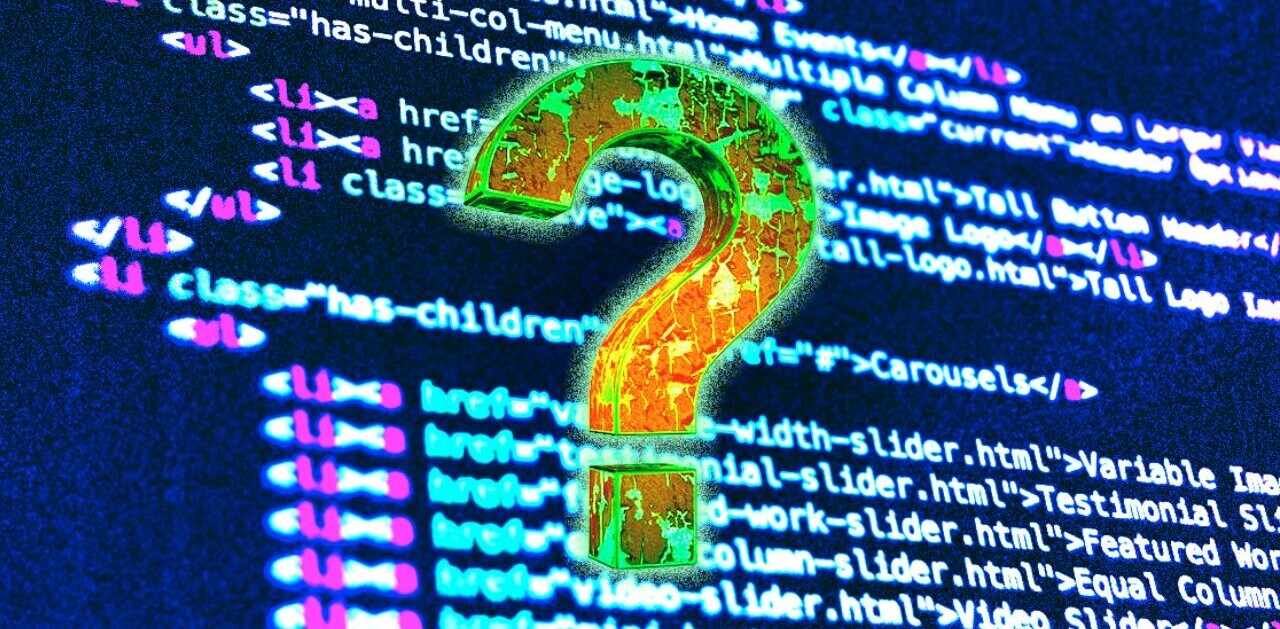
Over the past six years of my career, I got to build and support distributed teams across the globe. While it’s been an opportunity that I’ll forever be grateful for and I got to work with fantastic people, it’s also challenged me as a leader and manager.
Much less happens organically through osmosis, or at the literal watercooler, but at the same time many of the challenges all teams face, like communication and collaboration, are exacerbated when we’re distributed across locations and time zones.
The common ways of building and leading teams just can’t be applied easily. That means as leaders, we often need to get much more creative.
Despite being co-located we can still create stronger, more deliberate distributed teams and produce the same, or even better results, than teams that share the same lunch table.
In this piece, I’ll share what I’ve learned about improving teams based on three key “C” pillars: connection, communication, and collaboration. Whether you’re managing teams across the world or in the same building, these approaches can help you become more strategic, communicate better, and build highly aligned, well-connected teams that deliver great products.
[Read: COVID-19 canceled doctors’ office visits — these startups are bringing the doctor to you]
Three Cs for leading high-performance teams
Creating a high-performing distributed team is fundamentally about inclusion: making sure that everyone has equal opportunities to contribute by leveling the playing field and removing barriers to doing so.
It’s impossible to replicate the exact same working experience for everyone — and I don’t think that should be the goal. Instead, we should make sure everyone is able to contribute in meaningful ways and do their best work.
As leaders, we’re like the mortar between the bricks: We connect structures, teams, and people.
We hold them together. Our work as leaders isn’t supposed to be about us. It’s about the people and the teams that we support. We build structures to help others shine.
Connection: Working together with purpose
As humans, we strive to be connected with a larger purpose. But we also seek to feel connected with other people around us. When we’re in the same location as our teammates, we pick up small signals about them. We see their body language when they walk into the office in the morning. We know if people are tense or if they’re relaxed, or may recognize when they’re having more coffee than usual.
Those small signals get lost remotely, which means other things become much more important, like understanding people’s varying energy levels. When my colleagues in San Francisco start their workday, they’re high-energy and excited. But it’s 5 pm or 6 pm for me in Berlin, and it might already be dark out if it’s winter. In cases like this, it helps if all of us in a conversation are sensitive to the other person’s state of mind, and where we are in our workday.
Make space for humanness. When I joined CircleCI in 2018, I met with everyone in our engineering organization because I wanted to get to know the people we were working with. During one of those conversations, one of our engineers said to me, “I need to meet my team in person every once in a while to remind myself that they’re actual people.” The sentiment struck a chord with me.
When we mostly interact with people in the shape of pixels in video calls or icons in chat apps, it’s easy to forget that there are humans at the other end of the screens.
When we center in on each other’s humanness, we go beyond teammates’ domain expertise. We need to be curious about who they are as people, and know what drives and motivates them.
Communication: Creating clearly defined expectations
Define expectations, and surface what matters. As leaders, it’s our responsibility to make sure that our expectations are always clear to everyone on our team. That’s one of the many reasons why weekly one-on-one meetings are the backbone of our communication, as well as with our relationships with our teammates.
One of the things we did at CircleCI was to create an engineering competency matrix, and communicate it to our teams. It’s our career-growth framework for engineers. This matrix is now woven into everything we do, from hiring, to structured feedback, to performance reviews. It helps us hold everyone to the same standards, and clarify expectations as we scale.
Once we’ve set expectations for growth and performance, the next thing we need to do is communicate these standards and hold each other to them. Praise is a really beautiful way to both connect and communicate as a team. In our company Slack, we have a channel called #gratitude in which people share their appreciation for others who have helped them.
Grow together. An even better way to connect and communicate as a team is by helping each other grow through constructive criticism. In distributed teams, this can be really difficult to do well. When we mostly see each other on screens, it becomes difficult to have harder conversations.
I have a template I co-opted from the book Feedback and Other Dirty Words by M. Tamra Chandler that I often use as a starting point. I’ll ask my team to discuss our feedback preferences in this format, then discuss the responses as a group. We use what we learned to give each other much more meaningful and specific feedback.
Collaboration: Making space for others
Stay humble, and make space for others. Just as we try to connect in many small ways, there are small ways we can become better collaborators throughout the work day. For example, we can avoid dominating conversations, even when they are written communications. Think about the times when you’re sending teammates walls of text, or when you bury documents in comments. When we’re in meetings, or when we have discussions in chat, we need to ask ourselves, “How much space am I taking up right now?”
Combat hero culture and fix structural issues. “Hero culture” describes a culture where organizations reward very talented people who consistently go the extra mile to get seemingly impossible tasks done by themselves and under lots of pressure. Many companies reward this kind of heroism through promotions, or increasing influence, compensation, or visibility. Hero culture is still incredibly common in our industry, and I’ve seen it have disastrous effects on teams and organizations.
Hero culture is even more pervasive on distributed teams because of the disproportionately high visibility of this type of work compared to other work: “hero tasks” such as single-handedly fixing an issue at times that one normally wouldn’t work often come with high visibility, whereas the hard work around sustaining a team and supporting teammates in the background often goes more unnoticed.
Hero culture not only weakens teams, it also sets up the heroes for failure by putting pressure on them as the only people who can solve problems.
Building our team continuously
There’s one more “C” pillar that’s important to note here: continuity. Building great teams is a lot of work — and the process is never done. We all constantly grow and change, and the organizations we work in are ever-evolving and full of surprises. This is one of the main reasons why I love working with people so much.
Building teams is a continuous process every single day. No matter where you are in your team’s development – and no matter if your closest teammate sits across the table or across an ocean from you — focus on strong connections, intentional collaborations, and conscious communication with your teammates. Continue building your team every single day, one pixel at a time.
Get the TNW newsletter
Get the most important tech news in your inbox each week.




